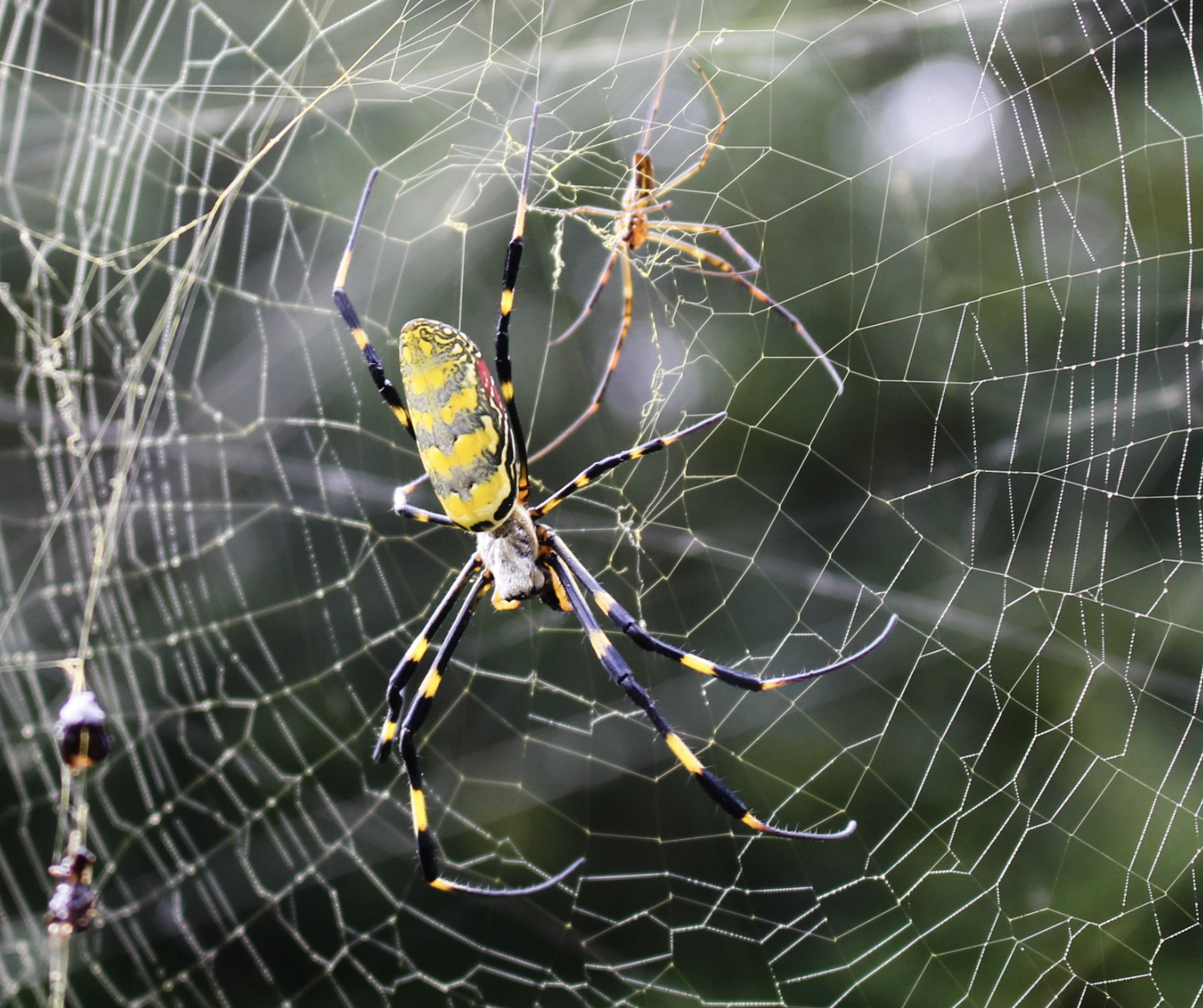The rainy El Ni¤o weather may be a blessing in disguise for
Georgia peanut farmers,
said a University of
Georgia expert.
“The rain that started in October has many farmers behind
in preparing their
soil,” said John
Beasley, an extension
peanut agronomist with the UGA College of Agricultural
and Environmental Sciences.
Beasley is encouraging farmers to get their fields
prepared and then start monitoring
soil conditions.
“Some farmers are chomping at the bit to get started
planting,” he said.
“But the closer to the first of May they plant, the more
they reduce their risk of a
heavy infection of tomato spotted wilt virus.”
TSWV caused 10 percent to 12 percent losses in Georgia’s
1997 peanut crop, said Albert Culbreath,
a UGA plant pathology
researcher. The virus cost farmers more than $40 million.
Culbreath, Beasley, Steve Brown and other
UGA scientists help farmers fight the virus and the insects
that carry it.
Thrips carry TSWV into fields of peanuts, peppers,
tomatoes and tobacco as the insects
fly in to feast on succulent young plants.
Normal south Georgia winter temperatures don’t get low
enough to kill thrips, so this
year’s warmer than usual winter weather didn’t have much
negative effect.
“Early spring weather has more effect on thrips than
winter weather,” said
Brown. “So far, it’s been pretty warm and the insects are
emerging when we expected
and feeding on winter weeds and volunteer peanuts.”
Brown said thrips populations usually peak in mid-April,
and he expects them to peak
about then this year, too.
If farmers plant peanuts early, the young plants can
emerge just as the insect
populations peak. Farmers could find their crop infected
with the virus early in the
season. It’s this early season infection that results in
more extensive damage.
“That’s why it’s important to wait until the first of May
to plant,” Beasley
said. “Even if farmers plant resistant varieties, the plants
are only resistant
– not immune – to the virus.”
Beasley said Georgia farmers are learning how to reduce
their risk of TSWV. “Our
farmers are taking UGA research seriously,” he
said. “They’re planting resistant
peanut varieties, waiting until after mid-April to plant and
getting a good stand in the
field.”
All those things can’t prevent the virus from infecting
plants. “But we have shown
that these practices can reduce dollar losses to the
disease,” he said.
Georgia farmers are learning so well, Beasley said, it
may make his own job harder.
“In Georgia, we expect to see about 80 percent of our
acreage planted to Georgia
Green, one of the most resistant varieties to TSWV,” he
said.
“That, combined with optimal planting dates and good
stands, will make it harder
to track the presence of the virus,” he said. “The symptoms
won’t be as
evident.”



